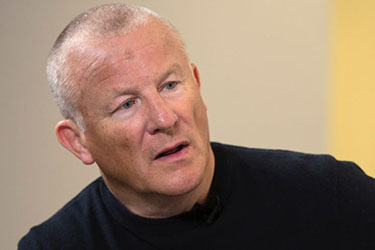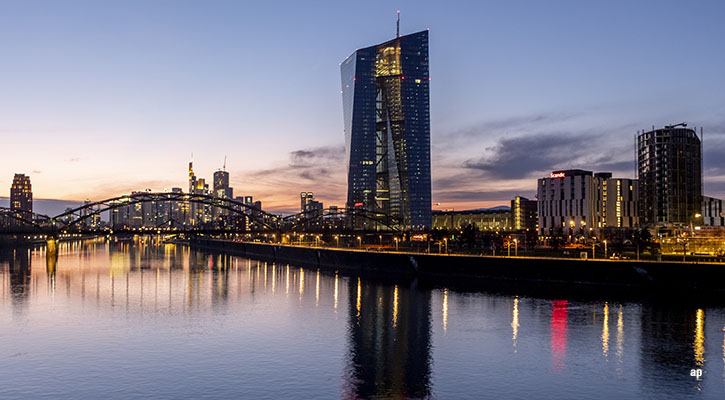
It’s almost uncanny just how effectively the Woodford saga is managing to address the biggest pain points in the industry. This week: performance fees.
Patience and Performance
Schroders has certainly taken on a mammoth task in taking over the running of the Woodford Patient Capital Trust (soon to be Schroder UK Public Private Trust), and it clearly wants paying for it.
The Board, I imagine, had little room to negotiate on fees given the dire straits they have found themselves in. Schroders will take an annual fee of 1% on the first £600 million of assets, and 0.8% on any assets over this amount. From 2023, it will be able to take a 15% performance fee on returns above a net asset value of 77p and will also charge 15% if it achieves 10% NAV growth in a year.
It’s fiddly, complicated and more akin to a hedge fund than an investment fund that’s trying to win back the trust of its investors.
Performance fees are a tricky one. I don’t disagree with them in broad terms; I can see how using this sort of charging structure can align a manager’s interests with those of his investors.
Where I don’t like performance fees is when they are paid even when a manager loses money – usually this is because he’s lost less than the market, but it still leaves a nasty taste in investor’s mouths.
I also don’t like it where the hurdles to achieving the fee are too low (not the case here, to be fair) or where they require a degree in quantum physics to understand (also not actually the case here, maybe just an A-Level).
Aside from its once-revered manager, the reason Patient Capital initially appealed to so many investors – indeed, why at the time it was a record-breaking investment trust launch – was that Woodford didn’t take a fee unless the trust performed. It put him firmly on the side of investors and at least if they have been suffering in recent years, they have known that the manager isn’t profiting from their misery.
Despite the euphoric rise in the WPCT’s share price after the news of its new managers, investors are still nursing very heavy losses, especially those who piled in when it soared to a 19% discount shortly after launch.
If the Schroders team can achieve its targets, it could end up taking a huge chunk of investors returns, potentially adding many more months to the point where those investors get to break even and can draw a line under the entire debacle.
"Patient" may have been dropped from the trust's name but investors hoping to recover their losses may have to take the ultimate long-term view.
What Happens Next? Nobody Knows
Uncertainty in the market shows no sign of abating; if anything it’s ramping up, particularly with the game of political Hokey Cokey that appears to be being played in Westminster at the moment – will there be an election? Brexit? A Budget? Will there be a conga line around the House of Commons? It’s all to play for.
But lack of clarity, makes people twitchy and twitchy investors have a tendency to do silly things. They buy high and sell low, they try to predict which way the market will go, and they take stock tips from cab drivers.
It’s reassuring to know then, that at least those investors with a financial adviser are getting some sage advice. And reassuring to know that I’m not the only person bleating on about ignoring short-term noise and investing for the long-term all the time. Now is a perfect example of why you should never try to predict what’s going to happen next, or try to position you portfolio based on such predictions – even Paul the Octopus wouldn’t be able to get it right at the moment.
The Ties That Bind
How do you know when commentators are fatigued with trying to predict the next twist or turn in global politics? When they home in on a man’s outfit. As Mario Draghi left his post at the European Central Bank, was it his myriad achievements that were noted, his programme of quantitative easing, the bringing Europe back from the brink? No, it was his tie.
What is he trying to tell us, screamed Twitter, by wearing the same tie he wore to make that the “whatever it takes” speech back in 2012?
Was it a warning of volatility to come, that his successor Christine Lagarde must, too, be prepared to do whatever it takes? Was he trying to communicate his support for Boris by wearing Tory blue, or was it a climate change message symbolised by the colours of clear skies and clean oceans?
Guys, maybe he just really likes that tie.




























